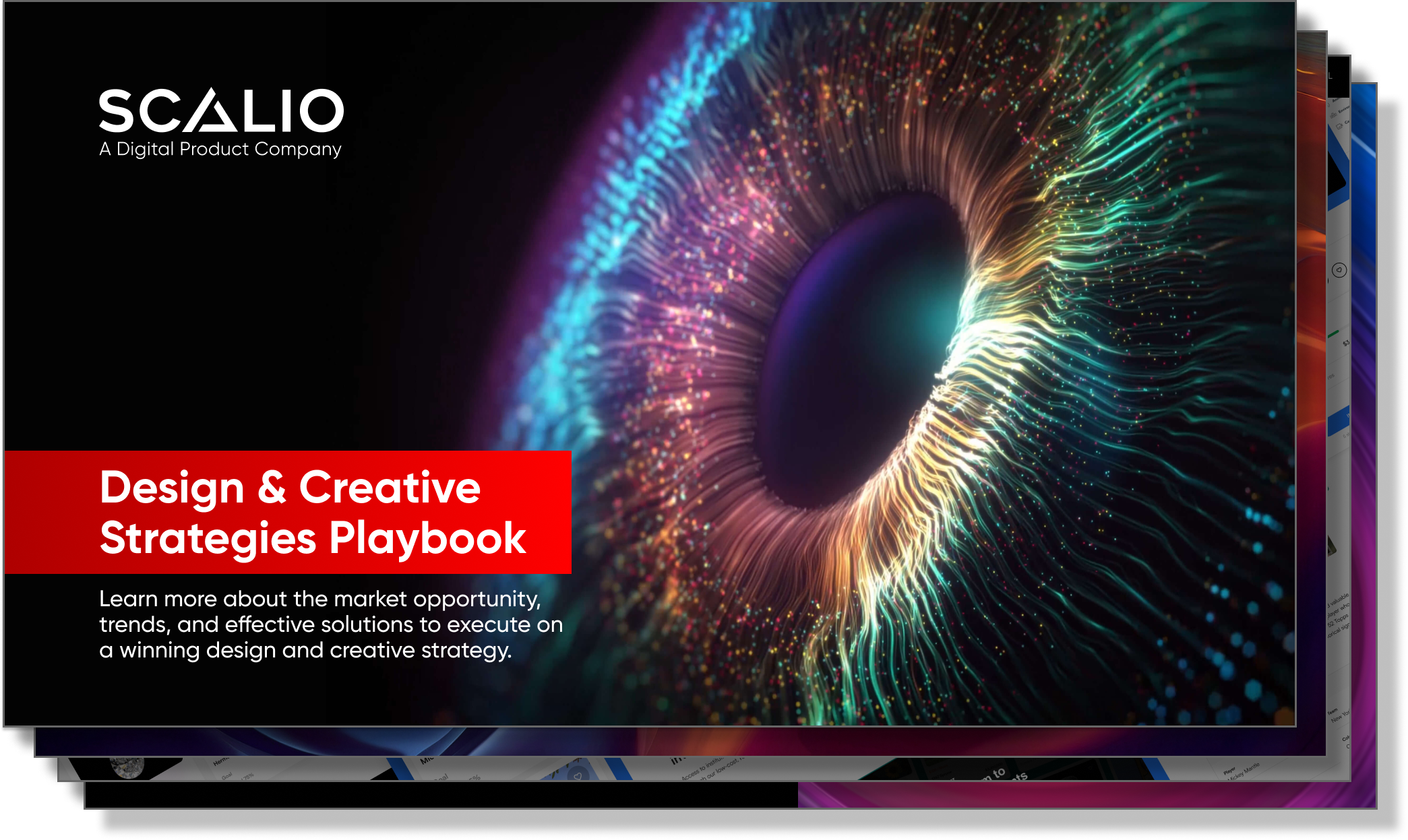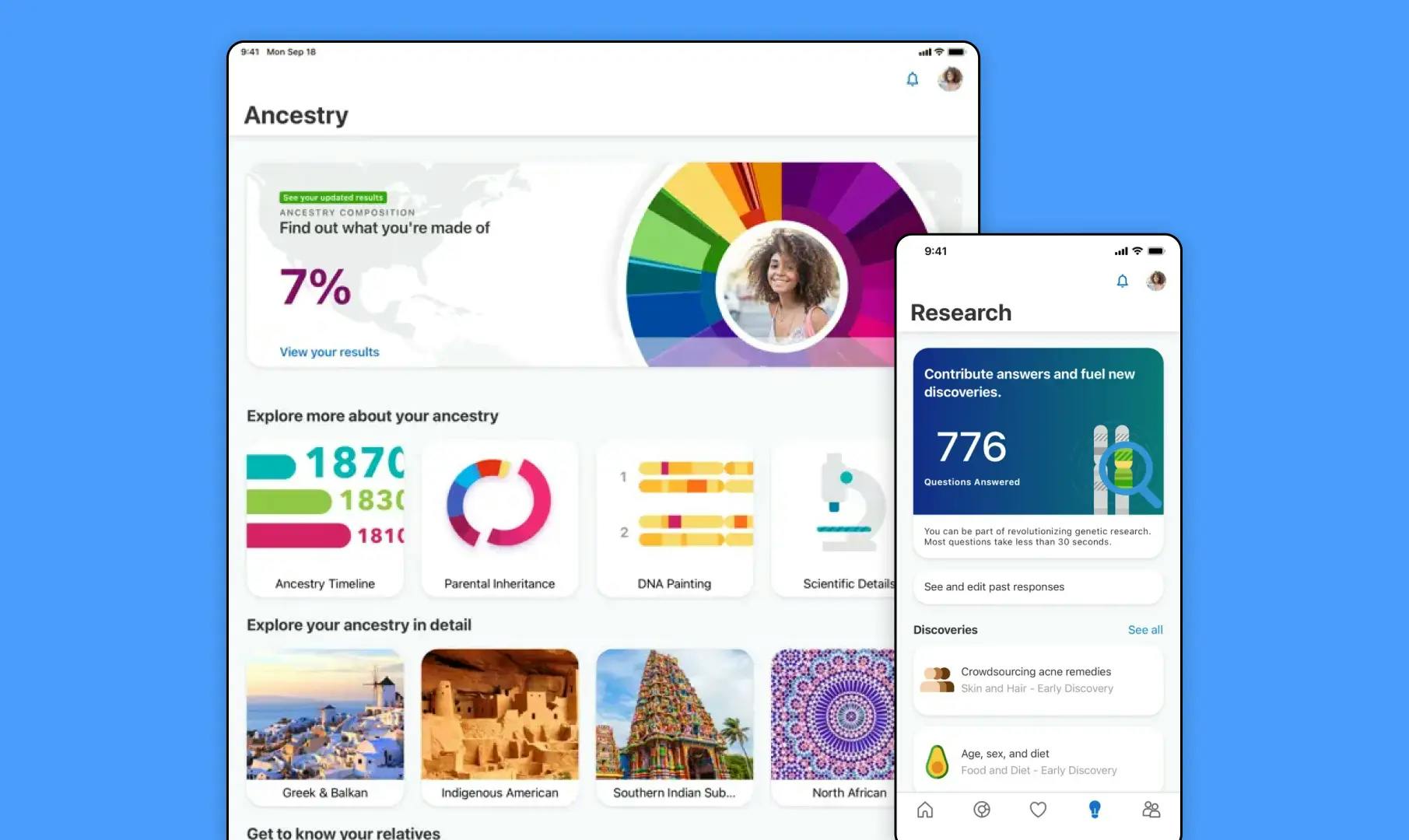
Creative
Elevating AI Platform Development with Strategic Product Design
In today's competitive arena of artificial intelligence (AI), the integration of strategic, data-driven product design into the development workflows of AI platforms is not just beneficial — it's critical for user adoption, usability, and competitive edge. Product design, with its emphasis on user experience (UX), functionality, and aesthetic appeal, plays a crucial role in translating complex AI technologies into accessible, effective, and marketable solutions that resonate with users.
This article explores the significance of product design in the development of AI platforms, illustrating its impact by highlighting the unique benefits it offers, tangible growth and ROI, and even familiar industry examples.
Driving User-Centric Innovation
AI platforms, by their very nature, are complex, with intricacies that can be daunting to both end-users and developers. Product design serves as a bridge between AI technology and its users, ensuring that platforms are not only innovative but also intuitive and user-friendly. For instance, IBM's Watson combines advanced AI capabilities with a design that prioritizes user experience, making powerful data analysis accessible to non-expert users. The integration of product design in Watson's development has been instrumental in its widespread adoption across various industries, demonstrating the ROI of a design-led approach to innovation in AI.
Reference
Increased Product Performance Growth
Product design plays a critical role in driving performance growth for digital products, such as web applications, SaaS platforms and mobile apps. Key performance indicators (KPIs) including user engagement, user retention, and product monetization can be directly impacted by making the application more intuitive, aesthetically pleasing, and easy to navigate. Improved user experience and engagement lead to higher user retention rates, as users are more likely to return to an application that meets their needs and exceeds their expectations.
Furthermore, effective product design can facilitate product monetization strategies by seamlessly integrating monetization elements (such as subscriptions, in-app purchases, or advertisements) into the user journey without disrupting the user experience, thereby increasing the likelihood of conversion and revenue generation.
Enhancing Usability and Accessibility
User experience is the cornerstone of successful products in today's consumer-driven market. Product design prioritizes UX by ensuring that products are not only functional but also intuitive, enjoyable, and accessible to the target audience. A well-designed product reduces learning curves, enhances user satisfaction, and fosters loyalty, thereby increasing the likelihood of product adoption and success. Incorporating UX design principles from the outset of the product development process ensures that the end product aligns with user needs and expectations. In the case of AI platforms, a well-designed interface can significantly reduce the learning curve, enabling users to leverage AI functionalities more effectively.
Google's AI Assistant, with its natural language processing capabilities, offers a prime example. The Assistant's design focuses on conversational interaction, allowing users to engage with the AI in a more natural and intuitive manner. This design approach not only enhances user satisfaction but also broadens the platform's appeal to a wider audience, including those less familiar with AI technology.
Streamlining Development and Deployment
Incorporating product design early in the AI platform development process can identify potential challenges and opportunities for improvement before they become costly or complex to rectify. This proactive approach facilitates smoother transitions between development phases, reduces the need for revisions, and accelerates time-to-market, all while maintaining a high standard of quality. This foresight streamlines the development and deployment phases, saving time and resources.
TensorFlow, an open-source machine learning framework by Google, exemplifies how thoughtful design can facilitate the adoption and application of AI by providing clear documentation, a user-friendly interface, and tools that cater to various skill levels. These design elements contribute to TensorFlow's popularity and its role in accelerating AI innovation.
Differentiating in a Crowded Market
The AI technology landscape is crowded and competitive. Product design offers a means of differentiation, enabling AI platforms to stand out not just through their technological capabilities but also through superior user experience and design. A well-designed product that resonates with its target audience can carve out a unique position in the market, attract a loyal customer base, and fend off competition. By embedding product design into the development workflow, companies can ensure that their products are not only technically sound but also strategically positioned in the marketplace.
OpenAI's ChatGPT, for example, distinguishes itself through a user-centric design that simplifies interaction with advanced natural language processing models, making it accessible and valuable to a broad range of users. This focus on design has been pivotal in its rapid adoption and recognition in the market.
Ensuring Ethical Considerations and Trust
In the development of AI platforms, ethical considerations and user trust are paramount. Product design plays a vital role in embedding ethical guidelines and transparency into the user interface, fostering trust and compliance. By prioritizing design elements that clearly communicate how data is used, the rationale behind AI decisions, and providing users with control over their interactions, AI platforms can navigate ethical complexities more effectively. This design approach not only mitigates risks but also reinforces the platform's commitment to responsible AI use.
Case Study: The Airbnb Transformation & Enhanced User Experience
Airbnb's redesign in 2014 showcases the profound impact of user experience (UX) design on a product's success. Faced with usability issues and a challenging interface, Airbnb reevaluated its design strategy, focusing on simplifying the user journey and enhancing visual appeal. This redesign significantly improved user engagement, doubling the number of bookings and contributing to a substantial increase in company valuation. Airbnb's experience underscores the direct correlation between thoughtful design, enhanced user satisfaction, and financial performance.
References
- TechCrunch: Airbnb Launches Massive Redesign, With Reimagined Listings And A Brand New Logo
- Wired Magazine: Why Airbnb's Redesign Is All About People
- Inc. Magazine: Rebranding lessons from Airbnb, Instagram, and Google
Conclusion
The integration of product design into the development workflows of AI platforms offers substantial benefits, driving innovation, enhancing usability, streamlining development, differentiating products in the market, and ensuring ethical considerations are addressed. As illustrated by examples from IBM, Google, OpenAI, and Airbnb, a design-led approach is essential for transforming complex AI technologies into accessible, effective, and trusted solutions. In the rapidly evolving field of artificial intelligence, product design is not merely an adjunct to technology development—it's a strategic imperative that underpins success.
Let your AI innovation journey be accelerated with the right AI consulting partner, that offers the right AI/ML product design services and capabilities, at the right time.
Learn more about how we use data-driven design solutions to engage, retain and monetize users to drive growth

Learn more about how we design and build intuitive frontend solutions that utilize advanced data, AI, and ML models

About Scalio
Scalio is a global digital product agency driving digital success in over 30 industries. Through expert engineering, strategy, and design, we build and scale platforms and digital experiences for global brands.
Learn more about our expertise in your industry.
_
If you have more questions or interest in meeting Scalio Leadership Team, feel free to reach out for a friendly follow-up!

Lawrence Valenti
CCO | Managing Partner
Email: [email protected]
LinkedIn

Joshua Lucas
COO | Managing Partner
Email: [email protected]
LinkedIn

Micah Lucas
CTO | Managing Partner
Email: [email protected]
LinkedIn

Bradley Greenwood
CEO | Managing Partner
Email: [email protected]
LinkedIn






